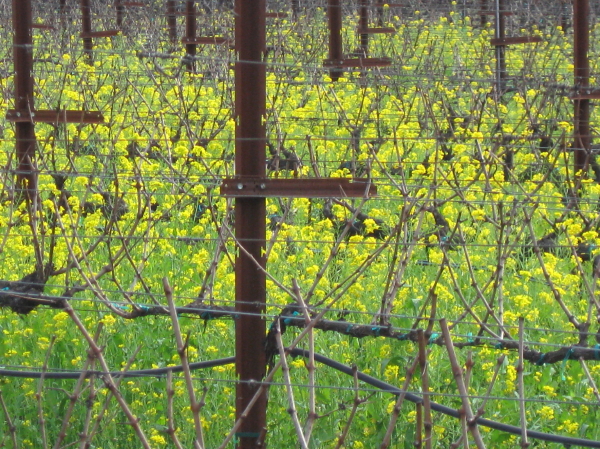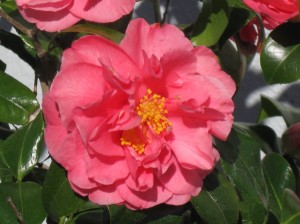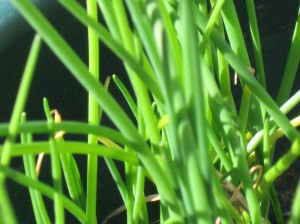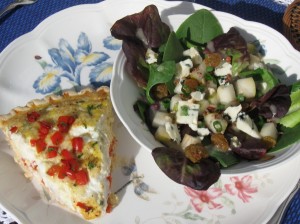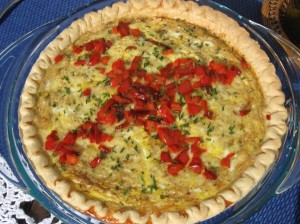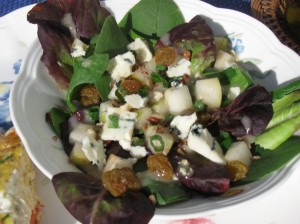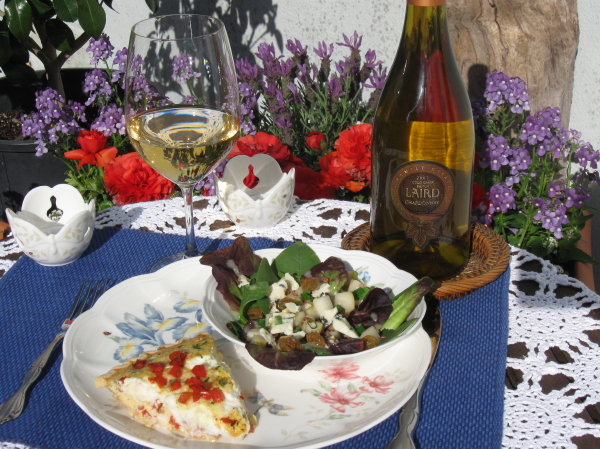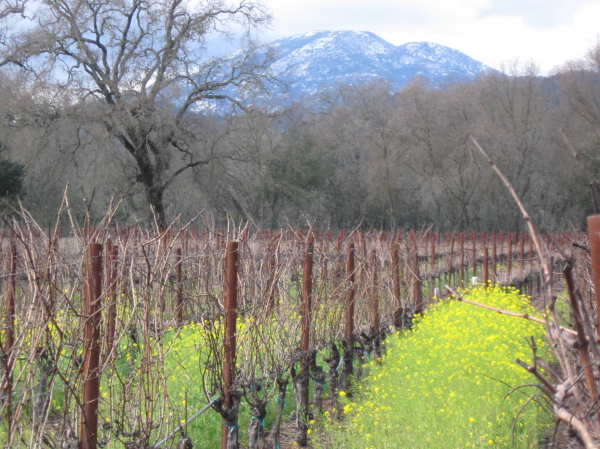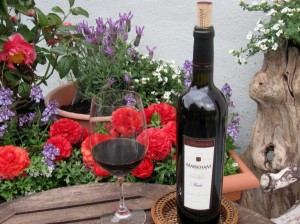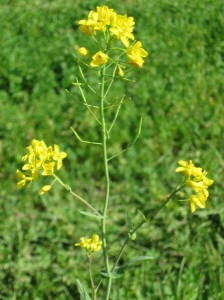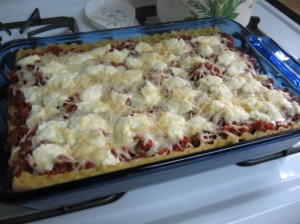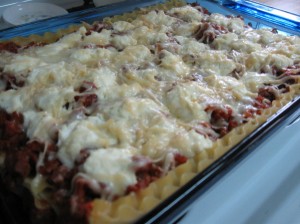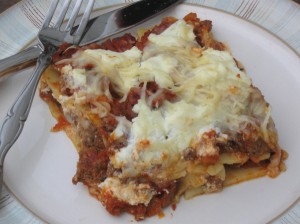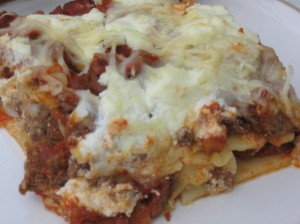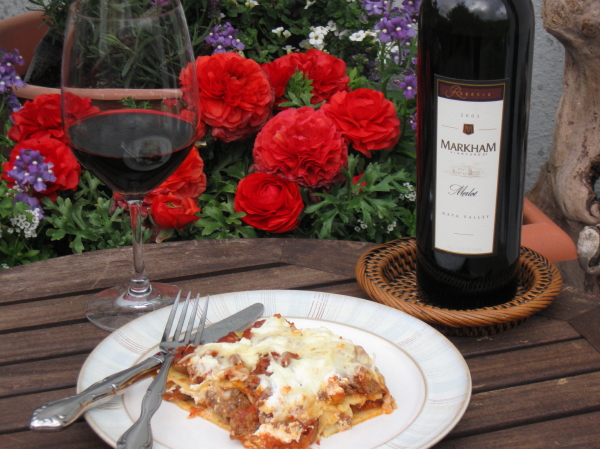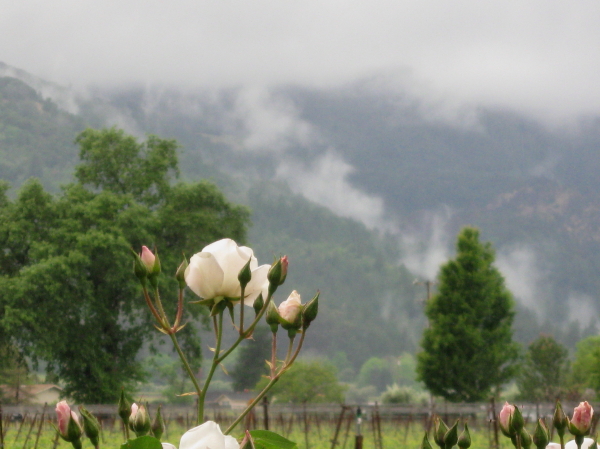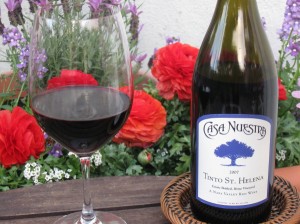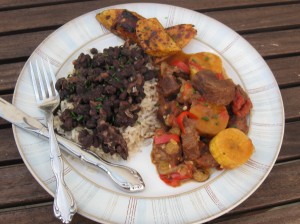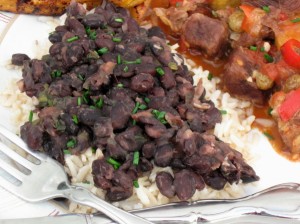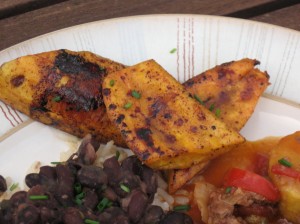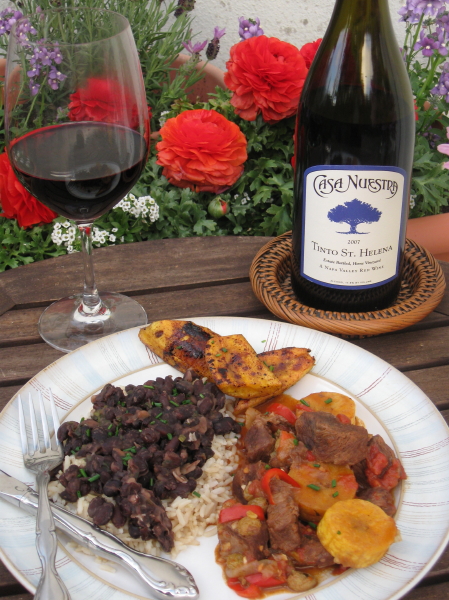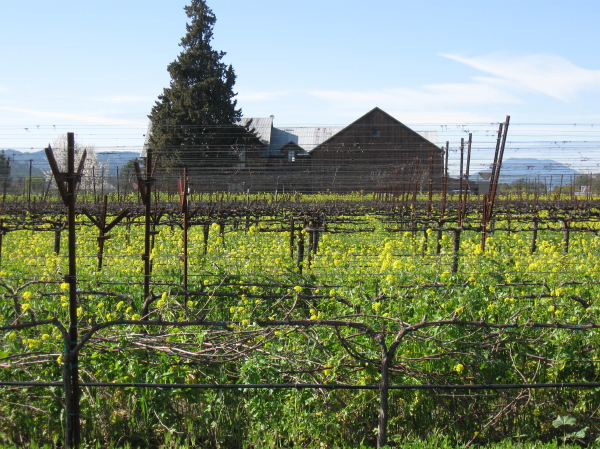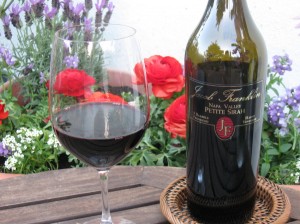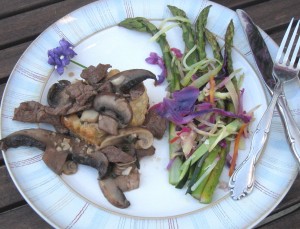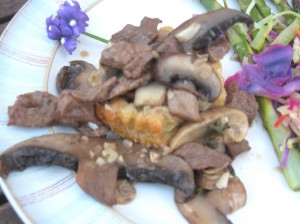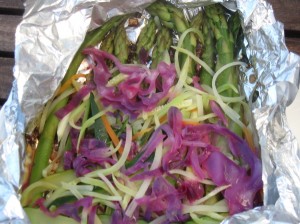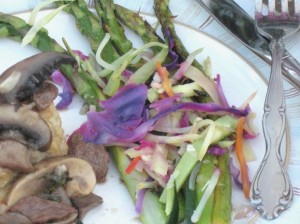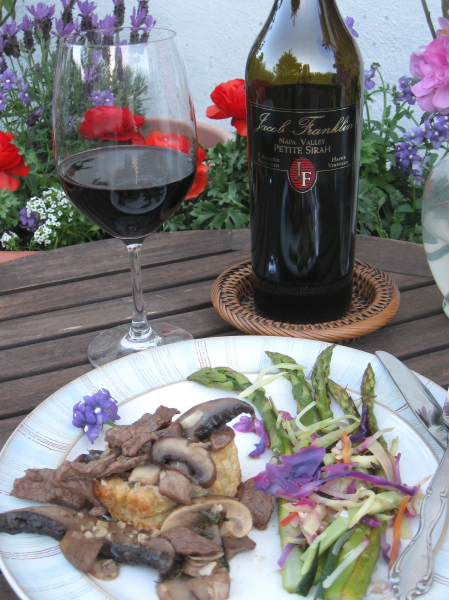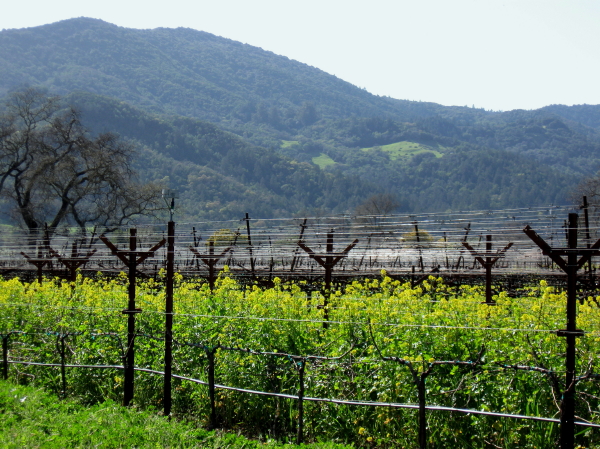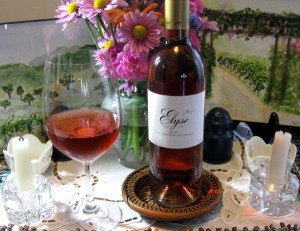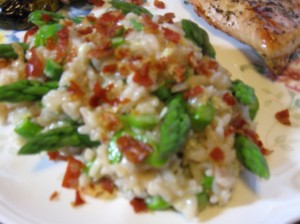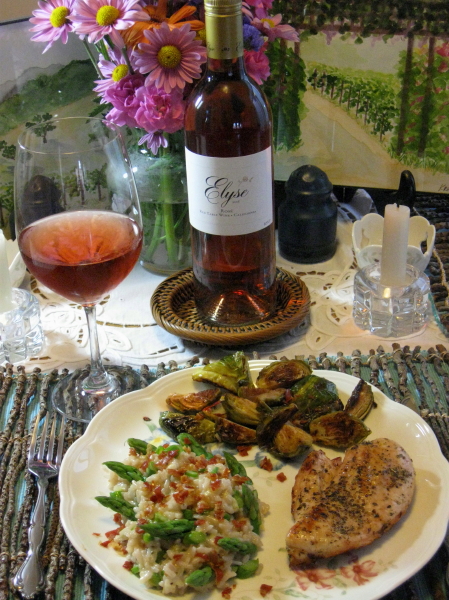Mar 02 2011
Catching a Glimpse of Spring in Carneros Chardonnay
Winter simply did not seem ready to throw in the towel at the end of February. All around the Bay Area and throughout Napa Valley there were reports of snow dusted mountain peaks, dangerous frost warnings and unseasonably cold temperatures. Yet on Sunday morning despite such chilly weather, seemingly overnight, the blooms on my camellia plant had opened.
Ranunculus and daffodils bloom readily in the yard as lavender blooms nearby and glistens brightly in the sun. Chives have also hit its stride in the garden and have benefited from winter rain and cool temperatures.
As my garden shows signs of awakening from winter’s drowsy sleep, similarly the vineyards in Napa Valley abound with signs of life as mustard blooms burst forth and adorn the wine country with bright hues of yellow. Hungering for spring and yet seeking a white wine compatible with 60 degree days, Chardonnay is a perfect sipping and pairing choice.
Laird Family Estate Winery (“Laird”), located in Napa, has long been known as one of the wineries in Napa Valley that owns the most land in the county and also into neighboring Sonoma County. With such variety at its winemaking fingertips, it is with little doubt that the winery will be highly adept in offering quality wines with unique characteristics. Laird’s 2007 Cold Creek Ranch Chardonnay is no exception to this theory. The Cold Creek Ranch Vineyard is located in Sonoma County, in the Carneros region and is privy to cool breezes off the San Pablo Bay which in turn produce Chardonnay grapes with bright flavors and acidity.
Laird’s 2007 Cold Creek Ranch Chardonnay consists of 100% Chardonnay grapes (grown from clones 15 and 95) and is uniquely ladled with flavors of ginger spice, honeydew melon, lime and a splash of pineapple. The mouth feel is round and comforting as often attributed to the grape yet the wine brings forth a notable minerality and its acidity peppers the palate like bright California sunshine dancing upon dew-laden spring grass. Aromatically the wine is characterized by soft white floral scents, vanilla and notes of crème caramel. While the wine is not as lively as a true unoaked chardonnay wine, it is festive and lively enough on the palate to awaken the senses and remind one that spring wine and food pairings are right around the corner.
Given the acidity and unique flavor profile of the wine, this week’s menu hosts a traditional pairing yet with different key ingredients:
1) Sweet Red Bell Pepper Ricotta Quiche with Chives; and
2) Blue Cheese Bitter Sweet Salad with Pear and Pear Champagne Vinaigrette.
Quiche is a terrific traditional Chardonnay pairing largely due to its French origins. Yet when Chardonnay offers a distinct minerality and acidity, the ingredients can be varied in the quiche to create a livelier food pairing. From time to time I enjoy flipping through family recipes and in particular identify with many shared by my late Great Aunt Pete. There is a certain candidness in some of the recipes and her quiche recipe simply ends with “Play around with it.” This directive was so appropriate for this week’s food pairing that her quiche recipe was really more inspiration than direction.
In my recipe, ricotta is used to create a creamy yet fluffy texture. Fontina is used in addition to mirror the nutty or oaked notes found in the wine. Sautéed fresh red bell peppers provide a combination of sweet and spiced elements while mixed with fresh chives and green onions (both sweeter onions). To match the acidity in the wine, lemon thyme is added at various layers in the quiche. Finally to ensure that egg mixture remains fluffy, it is gently beaten with skim milk (the water component from the milk will make the egg mixture fluffy). Excess peppers and chives are used to garnish the top of the quiche.
The quiche abounds with soft flavors of buttery pastry, soft fontina and ricotta. The red peppers are deliciously sweet and since fresh produce was used, no preservatives, vinegar or unnecessary sodium taint the dish. As anticipated, lemon thyme brightens the flavors of the quiche. When taken with the wine, the Chardonnay smoothly coasts down, unassumingly so yet with a grace so as to perfectly mirror the texture of the quiche.
Who says that salads cannot be salivatingly savory? Perhaps such a skeptic has not tried a salad such as this one (which combines spinach, red butter leaves, golden raisins, pear, chopped pecans, scallions, Point Reyes Farmstead Blue Cheese, and a pear champagne vinaigrette). Pair this salad with a chardonnay and watch bright, if not exotic tropical flavors, pop out of the wine. Flavors and textures sensually unfold in layers that grab the attention of the diner’s palate. It reminds one’s brunch guests that not only can this salad hold its own on the menu but be a showstopper on the palate as well.
Finding a balanced yet uniquely flavorful Chardonnay can brighten the palate as spring shows winter the proverbial door this month. Open a bottle of Laird’s 2007 Cold Creek Ranch Chardonnay and explore an enjoyably different twist on an often misappreciated varietal.
Comments Off on Catching a Glimpse of Spring in Carneros Chardonnay
